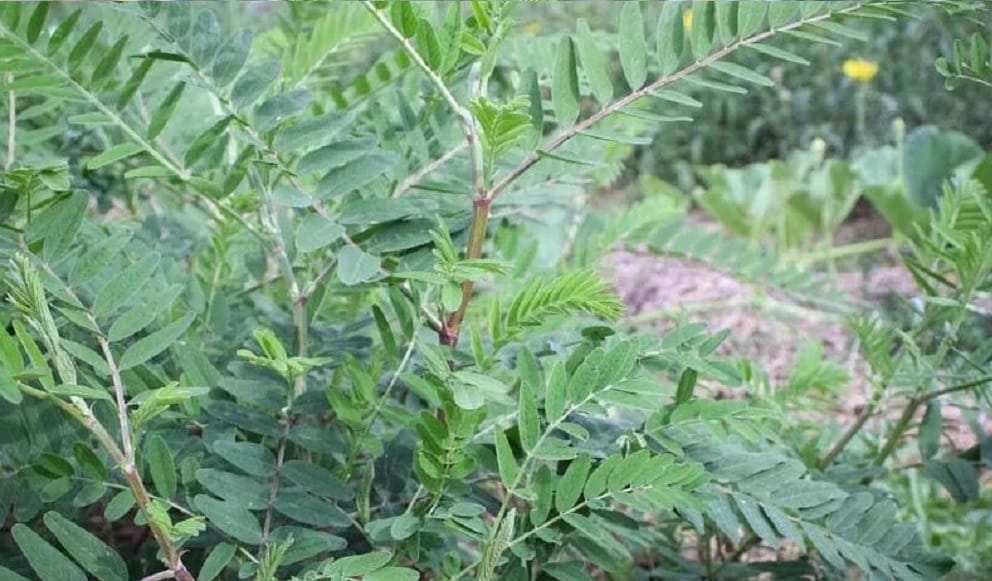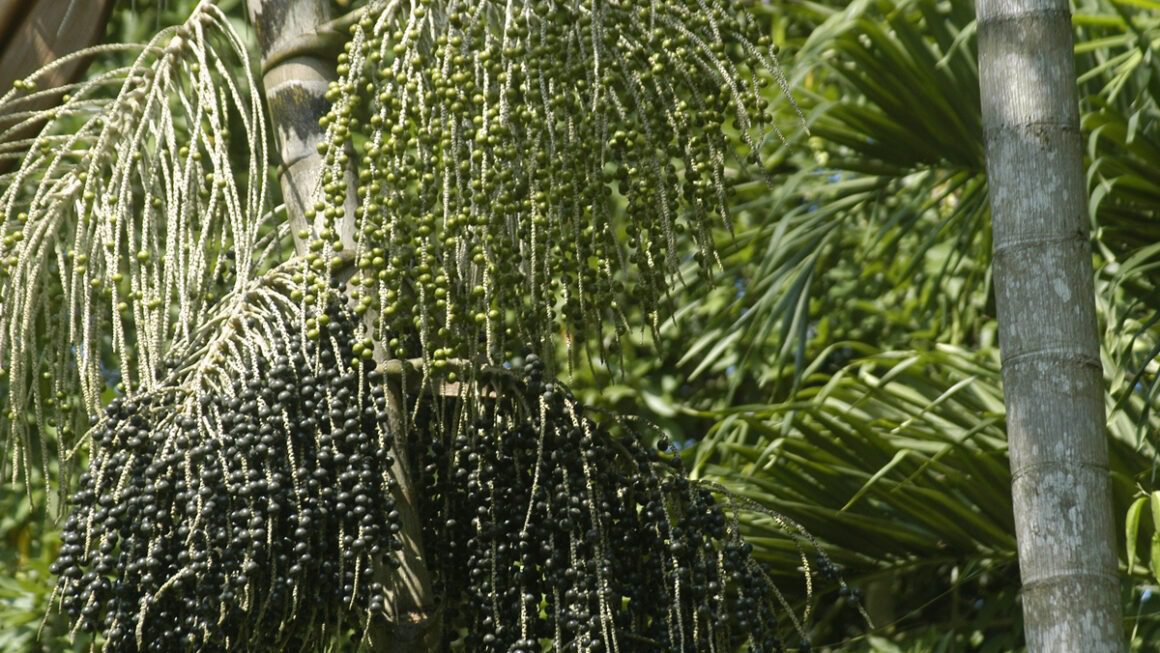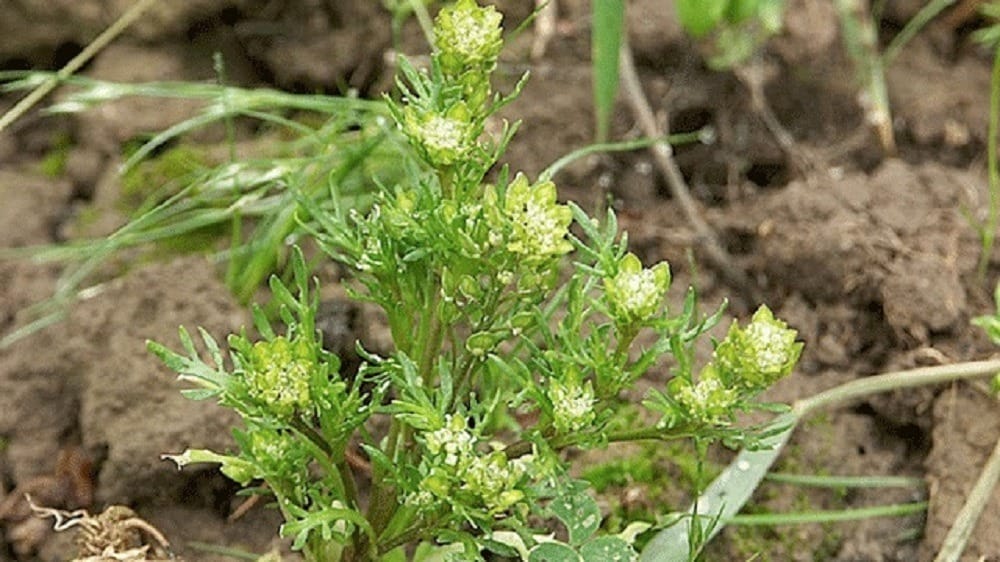IMPORTANT : Information on this webpage is indicative only. Verify before use and consult a doctor.
Astragalus, a herbaceous perennial plant native to the temperate regions of the Northern Hemisphere, has long captivated the interest of herbalists and health enthusiasts alike. Revered for its purported medicinal properties, this botanical marvel has a rich history steeped in traditional medicine. From ancient Chinese apothecaries to modern holistic practitioners, the astragalus plant has earned a reputation for its potential health benefits.
History
Throughout history, astragalus has woven its roots deeply into the tapestry of traditional medicine, particularly in the ancient practices of Chinese herbalism. Dating back over 2,000 years, records show its prominence in the esteemed pharmacopeias of traditional Chinese medicine (TCM). Referred to as “huáng qí” or “yellow leader,” astragalus was highly regarded for its ability to tonify the vital energy, or Qi, of the body.
In the annals of Chinese history, the earliest known reference to astragalus can be traced back to the Shen Nong Ben Cao Jing, a seminal work on herbal medicine attributed to the legendary Emperor Shen Nong, who is said to have lived around 2800 BCE. In this ancient text, astragalus was hailed as a superior herb, prized for its ability to strengthen the spleen and lungs, enhance Qi circulation, and promote overall vitality.
Over the centuries, astragalus continued to hold sway in the realm of Chinese healing. During the Han Dynasty (206 BCE – 220 CE), it gained further prominence as a key ingredient in formulas designed to fortify the body’s defenses and ward off illness. Notably, astragalus was often combined with other revered herbs like ginseng and licorice to create potent tonics prized for their rejuvenating effects.
Beyond the borders of China, astragalus found its way into the medicinal practices of neighboring regions. In Mongolia, it was traditionally used to combat fatigue and enhance stamina, earning it the moniker “milkvetch,” reflecting its purported ability to increase milk production in livestock. Similarly, astragalus gained recognition among Native American tribes, who employed it as a tonic for vitality and resilience.
The dissemination of astragalus to the West occurred primarily through the exchange of knowledge between Eastern and Western cultures. In the 20th century, as interest in herbal medicine resurged in Western societies, astragalus garnered attention for its potential health benefits. Today, it continues to be studied for its pharmacological properties, with research focusing on its immunomodulatory, anti-inflammatory, and antioxidant effects.
From the ancient apothecaries of China to the shelves of modern health food stores, the journey of astragalus reflects a timeless quest for vitality and well-being. As we delve deeper into its history, we uncover not just a medicinal herb, but a symbol of resilience and the enduring pursuit of holistic health.

Properties
Astragalus, revered for centuries in traditional medicine, boasts a plethora of potential health benefits attributed to its rich composition of bioactive compounds. Here, we delve into the medicinal properties that have piqued the interest of researchers and practitioners alike.
1. Immunomodulatory Effects: One of the most well-known properties of this plant is its ability to modulate the immune system. Studies have shown that astra extracts may enhance the activity of certain immune cells, such as T cells and natural killer cells, which play crucial roles in immune surveillance and defense against pathogens. By bolstering immune function, astragalus is believed to help the body fend off infections and maintain overall health.
2. Antioxidant Activity: it contains potent antioxidants, including flavonoids, saponins, and polysaccharides, which help neutralize harmful free radicals and reduce oxidative stress. By scavenging free radicals, it may protect cells from damage and contribute to cellular longevity. This antioxidant activity is thought to underlie many of astragalus’ purported health benefits, including its potential to support cardiovascular health and combat aging-related diseases.
3. Anti-inflammatory Properties: Inflammation is a natural response of the immune system to injury or infection, but chronic inflammation can contribute to the development of various diseases. It has been shown to possess anti-inflammatory properties, which may help mitigate inflammation and alleviate symptoms associated with inflammatory conditions such as arthritis, asthma, and inflammatory bowel disease.
4. Cardiovascular Support: Astragalus has been traditionally used to promote cardiovascular health, with research suggesting that it may help lower blood pressure, improve blood flow, and protect against atherosclerosis. By enhancing circulation and reducing oxidative stress, astragalus may support heart function and reduce the risk of cardiovascular diseases.
5. Adaptogenic Effects: Astragalus is classified as an adaptogen, a category of herbs that help the body adapt to stress and maintain homeostasis. By modulating the body’s stress response pathways, astragalus may help improve resilience to physical, emotional, and environmental stressors, thereby promoting overall well-being and vitality.
In conclusion, the medicinal properties of astragalus are vast and multifaceted, encompassing immune modulation, antioxidant activity, anti-inflammatory effects, cardiovascular support, and adaptogenic properties. While further research is needed to fully elucidate its mechanisms of action and therapeutic potential, it remains a promising botanical ally in the pursuit of holistic health and wellness.
| Property | Benefits |
|---|---|
| Antioxidant | Protects cells from oxidative damage |
| Immunomodulatory | Strengthens the immune system |
| Anti-inflammatory | Reduces inflammation and swelling |
| Cardioprotective | Supports heart health and circulation |
| Adaptogenic | Helps the body adapt to stress |
food consumption patterns
Astragalus offers versatile modes of administration, allowing individuals to harness its medicinal benefits in various forms tailored to their preferences and needs.
1. Capsules and Tablets: Astragalus supplements are commonly available in capsule or tablet form, providing convenient and standardized dosing. These oral formulations typically contain concentrated extracts or powdered forms of astragalus root, allowing for easy consumption and absorption.
2. Tinctures: Tinctures are liquid extracts of its root that are typically prepared by steeping the herb in alcohol or glycerin. Tinctures offer a potent and convenient way to administer it, as they can be easily added to water or juice for consumption. They also allow for flexible dosing, as the concentration can be adjusted according to individual needs.
3. Teas: Astragalus tea, brewed from dried its root slices or powder, offers a soothing and traditional method of consumption. To prepare this on tea, simply steep the root in hot water for several minutes, allowing its beneficial compounds to infuse into the liquid. This tea can be enjoyed alone or blended with other herbs for added flavor and therapeutic effects.
4. Powdered Extracts: Astragalus root is also available in powdered form, which can be easily incorporated into smoothies, soups, or other beverages. Powdered extracts offer a convenient way to incorporate astragalus into daily routines, providing a versatile option for those seeking to boost their health and well-being.
5. Topical Preparations: In addition to oral administration, astragalus can be used topically in creams, ointments, or poultices for skin health and wound healing. While less common than oral forms, topical preparations of it may offer localized benefits, such as reducing inflammation, promoting tissue repair, and supporting skin health.
By offering a range of administration methods, astragalus accommodates diverse preferences and lifestyles, allowing individuals to incorporate this esteemed botanical into their wellness routines with ease and efficacy. Whether taken orally, brewed into tea, or applied topically, it remains a versatile and potent ally in the quest for holistic health and vitality.




